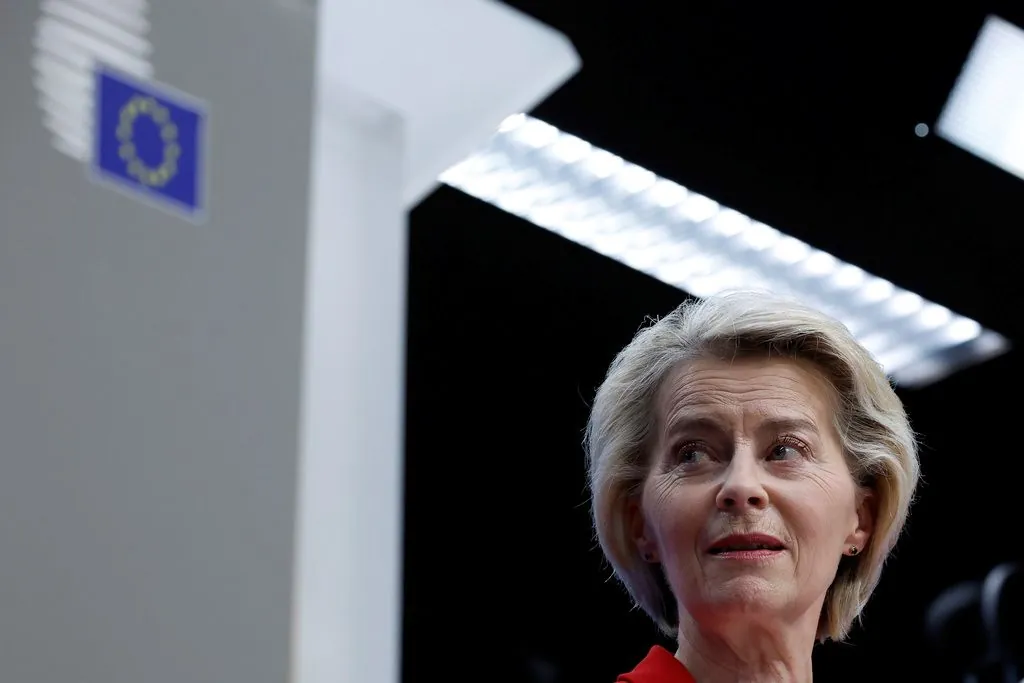
EU Nations Rush to Align Before July 9 Trade Deal Deadline
As the deadline for the expiration of the tariff pause imposed by former President Donald Trump approaches, the European Union is working to consolidate its position in hopes of reaching a provisional trade agreement with the United States. With the U.S. poised to impose a 50% tariff on most EU exports, the European Commission has expressed optimism that this rate could be reduced to 10%, provided negotiations proceed smoothly.
European Commission President Ursula von der Leyen emphasized that while an immediate comprehensive deal may not be feasible, the goal is to reach an “agreement in principle.” She noted the immense complexity and volume of trade issues between the two regions, making it impractical to finalize every detail within just 90 days. Nevertheless, she affirmed the EU’s commitment to defending European interests if negotiations fail to yield satisfactory results. “All the instruments are on the table,” she stated, signaling preparedness for various contingencies.
Ongoing discussions have seen high-level engagement from both sides. European Commission spokesman Olof Gill recently met with U.S. officials in Washington, D.C., where progress was reportedly made toward a preliminary agreement. Gill confirmed that negotiations continued into the holiday weekend, with the commission re-engaging the U.S. on substantive issues.
On the American side, Treasury Secretary Scott Bessent indicated optimism following a meeting with EU Trade Chief Maros Sefcovic. He told reporters that the U.S. expects to pursue more trade agreements, suggesting openness to compromise with the EU.
The proposed 10% tariff would replace the steep 25% automobile tariff that has particularly affected Germany’s auto industry. German Chancellor Friedrich Merz advocated for a swift resolution, stressing that prolonged negotiations would only exacerbate the burden on businesses. He reiterated the need for a pragmatic solution that removes excessive tariffs rather than getting bogged down in detailed trade policy revisions.
According to reports, any initial agreement is likely to be brief and non-binding. The EU has additional demands beyond tariff reductions, including concessions on pharmaceuticals, alcohol, semiconductors, and commercial aircraft. In parallel, the EU has already approved retaliatory tariffs on $24.7 billion worth of U.S. goods, targeting politically sensitive sectors such as Louisiana’s soybean industry, poultry, agricultural products, motorcycles, Boeing aircraft, and bourbon.
Former President Donald Trump hinted at resuming broad tariff actions during a July 4 statement, noting that letters outlining new tariff rates would soon be sent to a dozen countries. While he did not name the recipients, his remarks signaled a continuation of his administration’s aggressive trade policies aimed at leveraging economic pressure to secure favorable deals.
With tensions simmering and deadlines approaching, both parties remain engaged in a delicate balancing act—seeking diplomatic solutions while preparing for potential fallout should negotiations collapse.